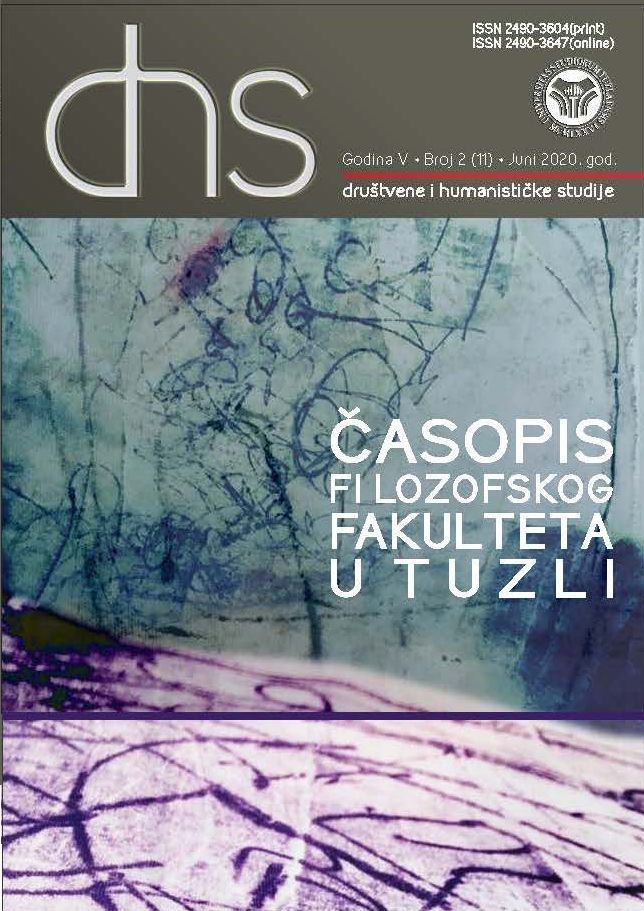Die Häufigkeit und Vielfalt der Diskursmarker in Deutsch als Fremdsprache
Frequency and Variety of Discourse Markers in German as Foreign Language
Author(s): Mirjana Matea KovačSubject(s): Foreign languages learning, Applied Linguistics, Pragmatics, Theory of Communication
Published by: Filozofski fakultet Univerziteta u Tuzli
Keywords: speech production; discourse markers; speech fluency; communication competence;
Summary/Abstract: The aim of this study is to examine the frequency and diversity of discourse markers used by German speakers (L2). The existing studies point to an underrepresentation of these expressions, which represent an essential part of the speakers’ communicative competence and can therefore be directly connected to the development of speech fluency. Fourteen students of German studies at the Faculty of Philosophy in Split took part in the research. The group performed two slightly different speaking tasks in German (L2). The speech samples were transcribed and analyzed. The results point to a significantly dominant discourse marker und, which was used extremely often for the beginning of an utterance to signal a transition or a sequencing of speech acts. The results obtained also confirm the conclusions of previous studies, indicating a significant underrepresentation of a variety of discourse markers. Based on the obtained data, it seems obvious that formal language teaching should focus on a more explicit teaching of a wider variety of other native like discourse markers in order to promote overall speech fluency. Thus, the fundamental educational motive is to increase the level of automation by using discourse markers in L2.
Journal: DHS-Društvene i humanističke studije: časopis Filozofskog fakulteta u Tuzli
- Issue Year: XI/2020
- Issue No: 11
- Page Range: 127-144
- Page Count: 18
- Language: German

